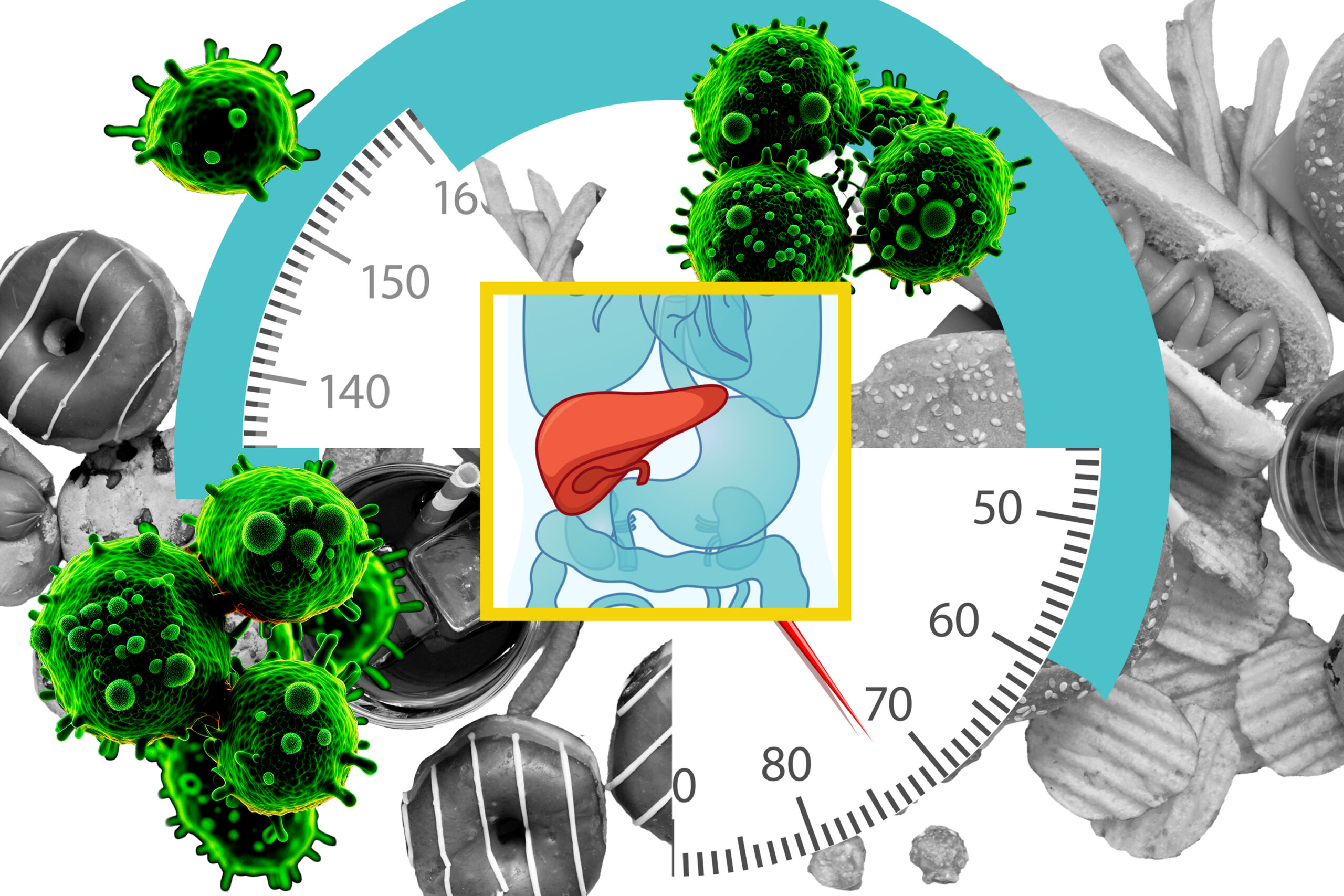Bawendi paper published in Nature Biomedical Engineering
The paper, Non-invasive monitoring of chronic liver disease via near-infrared and shortwave-infrared imaging of endogen, was published online on June 22, 2020.
A paper authored by Mari Saif, Wilhelmus J. Kwanten, Jessica A. Carr, Ivy X. Chen, Jessica M. Posada, Amitabh Srivastava, Juanye Zhang, Yi Zheng, Matthias Pinter, Sampurna Chatterjee, Samir Softic, C. Ronald Kahn, Klaus van Leyen, Oliver T. Bruns, Rakesh K. Jain, and Moungi G. Bawendi was published in Nature Biomedical Engineering on June 22, 2020.
Non-invasive monitoring of chronic liver disease via near-infrared and shortwave-infrared imaging of endogenous lipofuscin
Mari Saif, Wilhelmus J. Kwanten, Jessica A. Carr, Ivy X. Chen, Jessica M. Posada, Amitabh Srivastava, Juanye Zhang, Yi Zheng, Matthias Pinter, Sampurna Chatterjee, Samir Softic, C. Ronald Kahn, Klaus van Leyen, Oliver T. Bruns, Rakesh K. Jain, and Moungi G. Bawendi
Nature Biomedical Engineering 22 June 2020
DOI: 10.1126/sciadv.aaz3168
Monitoring the progression of non-alcoholic fatty liver disease is hindered by a lack of suitable non-invasive imaging methods. Here, we show that the endogenous pigment lipofuscin displays strong near-infrared and shortwave-infrared fluorescence when excited at 808 nm, enabling label-free imaging of liver injury in mice and the discrimination of pathological processes from normal liver processes with high specificity and sensitivity. We also show that the near-infrared and shortwave-infrared fluorescence of lipofuscin can be used to monitor the progression and regression of liver necroinflammation and fibrosis in mouse models of non-alcoholic fatty liver disease and advanced fibrosis, as well as to detect non-alcoholic steatohepatitis and cirrhosis in biopsied samples of human liver tissue.
Read the Full Text at Nature Biomedical Engineering.
The Bawendi Lab focuses on the science and applications of nanocrystals, especially semiconductor nanocrystal (aka quantum dots).





